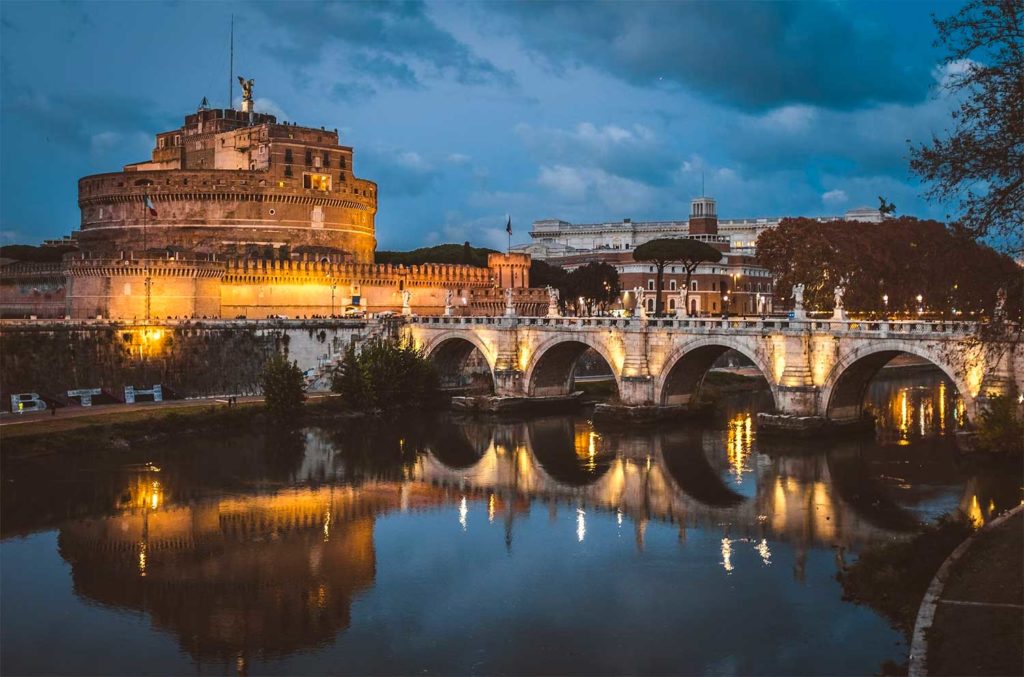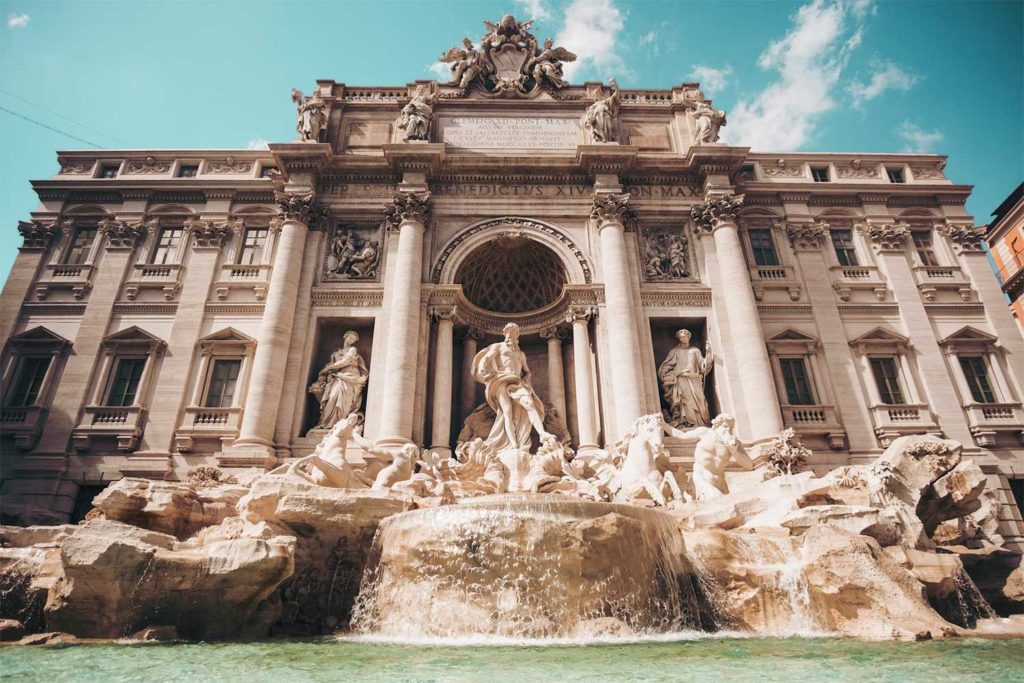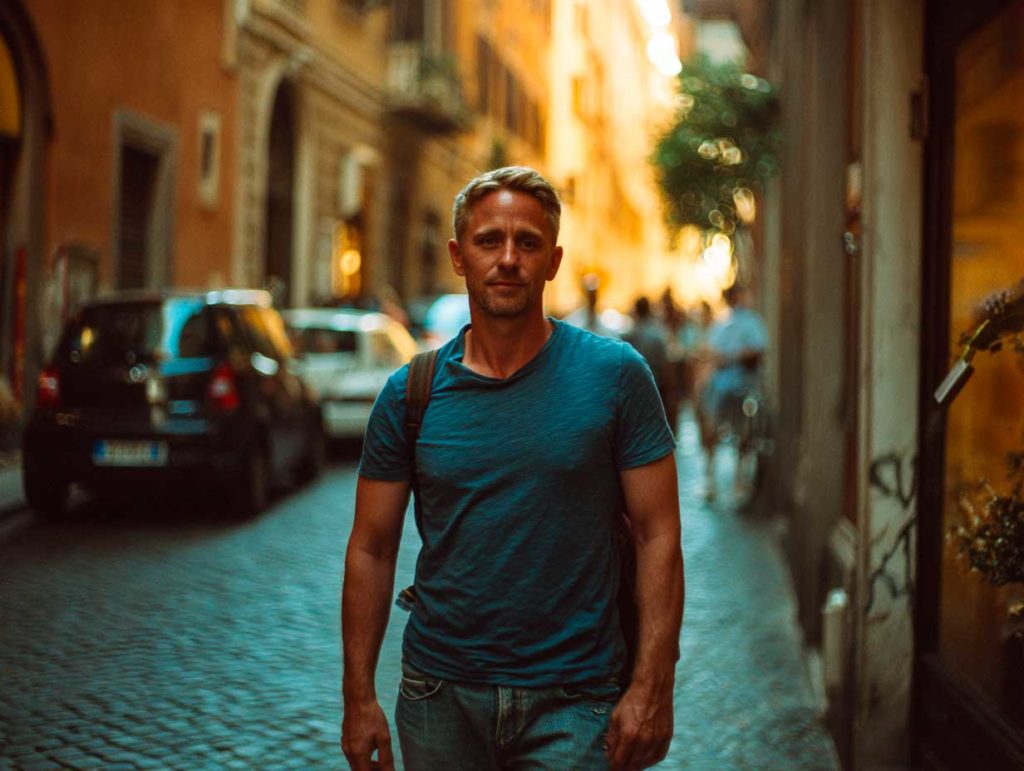Rome: 10 practical tips to know before your trip
Before heading to Rome, check out these 10 useful tips to organize your trip, avoid mistakes, and visit the major sites without stress or wasting time.
Visiting Rome for the first time can be as exciting as it is confusing. The Eternal City, rich in heritage, lively streets, and must-see sites, can quickly become a logistical headache if you’re not prepared. To make the most of your stay, here are 10 practical tips from the field, written for discerning travelers.

1. Bring good walking shoes
Rome is best explored on foot. Even if the distances between monuments seem short, the historic center is paved with sanpietrini, irregular stone blocks that are uncomfortable to walk on. Bring sturdy shoes, especially if you plan to visit the Colosseum, the Pantheon, the Vatican, or the narrow streets of Trastevere.
2. Book tickets in advance
The Colosseum, the Vatican Museums, and the Borghese Gallery are often sold out several days in advance. It is strongly recommended that you book your tickets online on the official websites, especially during high season. This will help you avoid queues, which can sometimes last several hours.
3. Protect yourself from pickpockets
Like all major European capitals, Rome attracts pickpockets, especially around Termini, Piazza Venezia, Campo de’ Fiori, and in the metro. Don’t keep anything in your back pockets. Opt for bags with zippers that you can wear across your body. Also avoid open bags or bags left on the floor in restaurants.
4. Learn some basic Italian
Although English is understood in tourist areas, knowing a few words of Italian is a real bonus. Simple expressions such as Buongiorno, Per favore, Grazie mille, and L’addition s’il vous plaît often help to establish a good rapport, especially with restaurant staff and taxi drivers.

5. Respect local meal times
In Italy, dinner is not served at 6 p.m. Restaurants in Rome often open around 12:30 p.m. for lunch, then close before reopening at 7:30 p.m. for dinner. Avoid “touristy” establishments that serve all day. Instead, look for local trattorias, which you can spot by the lines of mostly Italians waiting outside.
6. Use transportation wisely
The metro system in Rome is limited, with only three lines. It is convenient for connecting major hubs (Termini, Colosseum, Vatican), but not very effective for more remote neighborhoods. Buses are often slow and irregular. Download an app such as Moovit or Rome2rio to estimate your travel times. Please note: taxis cannot be hailed on the street in Rome. They must be booked via an app or from a taxi stand.
7. Dress appropriately for religious visits
Rome is home to some of the world’s most famous churches. To enter St. Peter’s Basilica, St. John Lateran, and other religious sites, shoulders and knees must be covered. If you are traveling in the summer, always keep a shawl or scarf in your bag.
8. Check opening days and times
Many museums and galleries are closed on Mondays, and some monuments may have different opening hours depending on the season. Always check the official websites for the latest opening times. For example, the Roman Forum closes earlier in winter. Don’t forget that some restaurants are closed on a specific day each week.

9. Drink water from fountains
Rome is one of the few major European cities to offer more than 1,500 drinking fountains, called nasoni. They are easy to spot throughout the city. Bring a reusable water bottle to fill up with fresh water for free and avoid buying plastic bottles, especially in summer.
10. Read the menu carefully at restaurants
In Italian restaurants, some additional charges are normal but may surprise tourists. The coperto (service charge) or pane (bread) are sometimes added automatically to the bill. This is not illegal, but must be clearly indicated on the menu. Take the time to read it before ordering.
A successful trip to Rome depends as much on good preparation as on a relaxed attitude. By following these practical tips, you’ll avoid common mistakes and enjoy Rome’s sights, cuisine, and atmosphere to the fullest. Adapting to the city’s pace, respecting local customs, and planning for logistical surprises will make all the difference for a peaceful and well-organized trip to Rome.
We are an independant magazine of the best hotels in the world.


